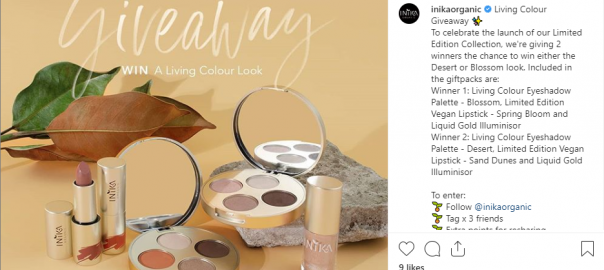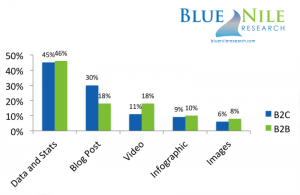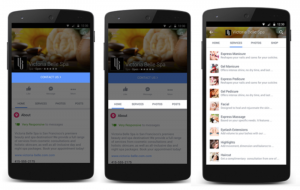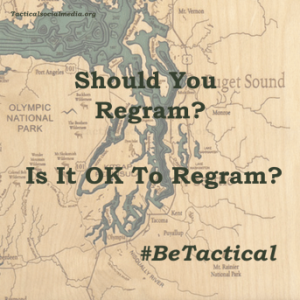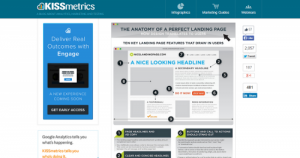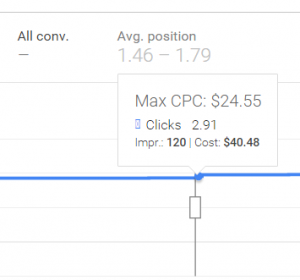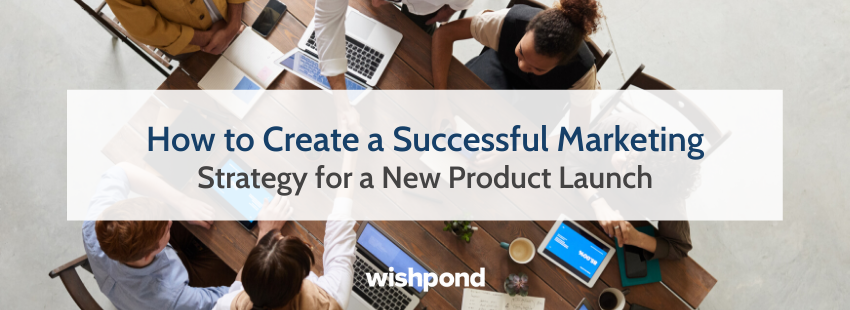
Congratulations! You’ve finished your product’s prototype, mastered the branding for your new company, and now you’re ready to plan a product launch.
Launching a new product into a world with an estimated 1.92 billion global digital buyers can be intimidating.
The Harvard Business Review found that about 75% of consumer packaged goods and retail products fail to earn even $ 7.5 million during their first year, forcing approximately 60% of new businesses to close.
Word to the wise if your product is not ready to launch, you should delay your product launch until the product is really ready! But keep reading, and I’ll tell you why.
In this article, you’ll learn step by step how to create a successful marketing strategy for a new product launch:
Table of Contents
- Understand Your Audience
- Promoting Your Product on Social Media
- Promoting Your Product with Offline Marketing
- After the Product Launch
- Examples of Creative Product Launches
- Why Product Launches Fail
Understand Your Audience
Believe it or not, knowing and using data based on your target audience doesn’t end at product research. It continues throughout the lifespan of your product and business.
Who is your target audience?
This question will enable you to select what platforms, networks, partnerships, and, most importantly, how you can launch your product in a way that captivates their attention.
Buyers Persona
A lot of new businesses think that because their product is so unique they’ll easily attract new shoppers, and a tribe of people ready to rally behind their cause, but that’s not the case.
You have to build a target customer persona and use that information to help plan your product launch. For example, if your product is a makeup brand, then reaching out to MUA’s on popular social media platforms to promote your brand.
Know who your customers are and you’ll know how to grab their attention and effectively to make sales.
Get started with Hootsuite’s guide on How to Build a Buyer Persona (Includes Free Template)
Master Your Unique Value Proposition
Once you’ve mastered what kind of audience you’re selling to, it’s time to hammer down the value proposition you intend to use for your product launch and marketing tactics.
Your value proposition is not a slogan or a catchphrase. Instead, it explains what problems your product solves. It should drive specific benefits and let your customers know why your product differs from others in the market.
Take a look at Donut, a slack app that helps employees engage with one another and create/nurture a company’s culture. The app pairs random employees from various departments for “coffee dates” to get to know each other on a one-on-one basis. Their value proposition for this pairing feature says, “Bring people together.”
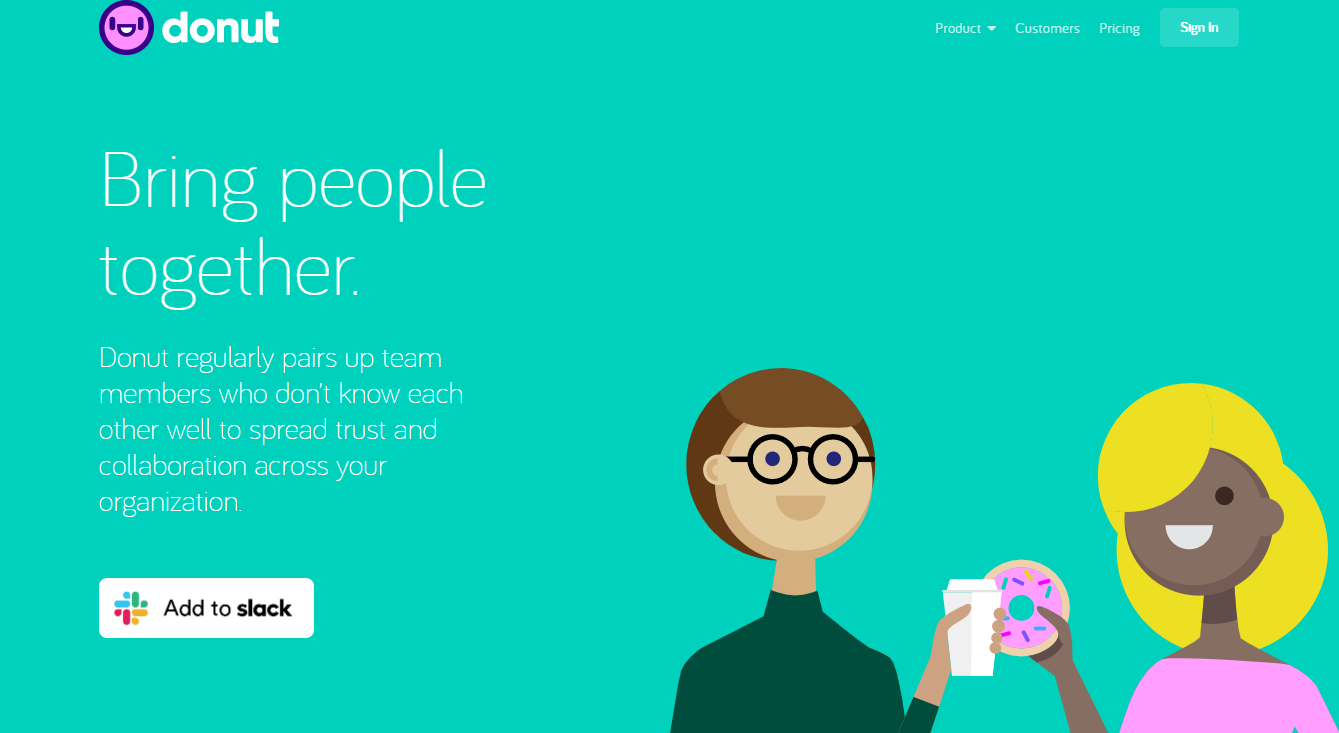
Prep Before the Launch
Before you launch your new product into the world, here’s a quick checklist of things you should have ready to accommodate your new customers. It doesn’t matter how great your launch is if you fail to have these items checked, you’ll be losing out on sales and you might end up with a bad reputation.
Build a Comprehensive Website or Landing Page
Your product landing page and website should be up and ready to show off your new product, create a seamless online experience, and allow potential buyers to know more about you.
Ensure that you have the following check off on your list:
Check your website speed and ensure it’s optimized for heavy traffic. A 100-millisecond delay in load time can cause conversion rates to drop by 7%, that may not sound like a lot, but over time it all adds up.
Check website copy and headers, ensure that they’re free from grammar and spelling errors. You also want to ensure that they deliver the message without being too wordy or convoluted.
Ensure that your website is mobile-friendly. About 72% of people want mobile-friendly websites.
Use secure and well-known payment gateways. If your business is new, this is a major plus to win over new customers to feel safe shopping for your new product.
Return & Shipping Policies
With over $ 369 billion in sales lost to returns last year, brands need to start implementing a shipping return policy. Shipbob found that 48% of customers have returned at least one item in the past year.
It would be foolish not to expect at least one customer to return your product, no matter how great you think your product really is, it’s inevitable.
Create a shopping, friendly return policy with clear and concise instructions so that once shoppers start to storm your page, you’ll be ready to handle any online returns effortlessly, making their shopping experience memorable.
A good return and shopping policy also put new customers at ease when they shop for a new product.
Take a look at Forever21’s returns policy and take a page at how easy and clear instructions are for shoppers.
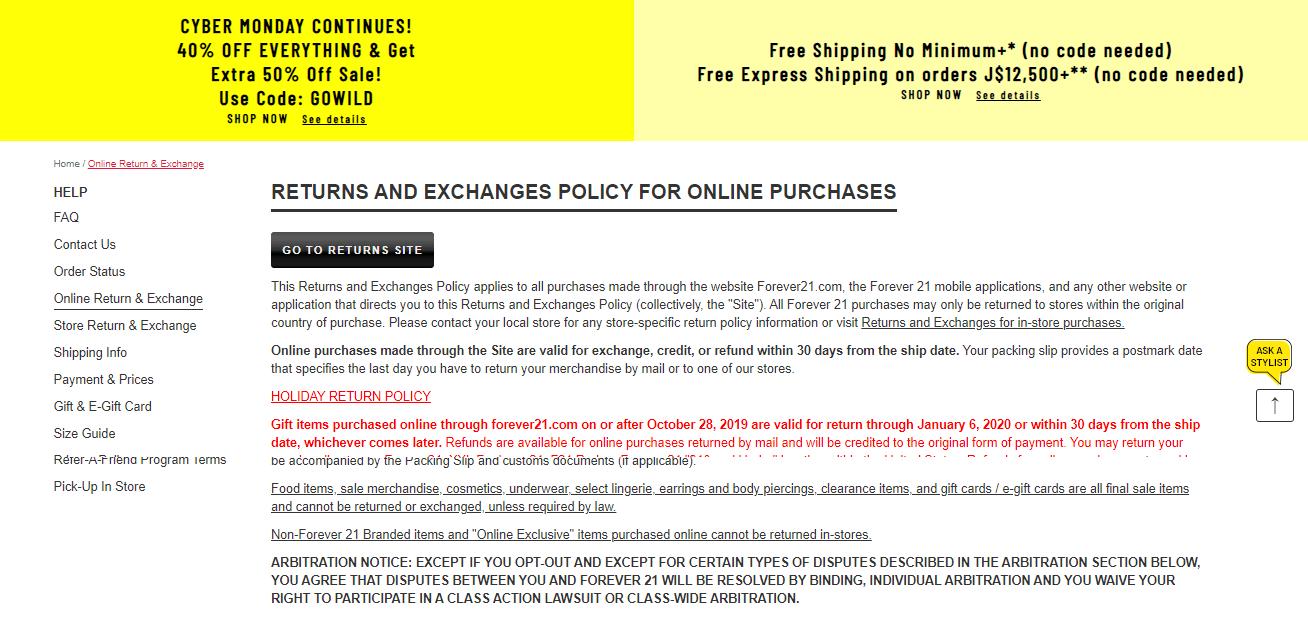
Need help with your shipping and return policies, use Shipbob’s guide to eCommerce return policies in 2019 [Infographic + Template]
Start Taking Pre-Orders
Don’t wait until your product launch to start taking orders, allow customers to pre-order your product before you tell the online world about the good news.
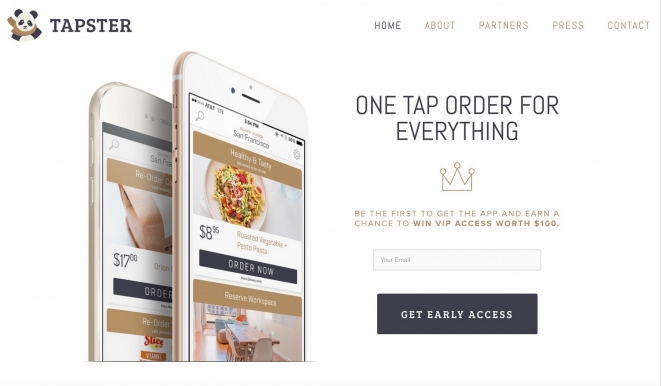
Scale Fast found that for less popular products, get an average of 15-18% of total sales on the first day that pre-order is available while most in-demand products can sell out of pre-orders within minutes or hours.
Pre-orders give you insight into the demand that customers have for your product and show you how much effort you’ll need to put into your marketing if you want to make an impact and increase sales.
How does pre-order work in your eCommerce store? It shows you why and how you can master pre-ordering for your online store.
Create Your Keywords and SEO
To ensure that your website and product benefits from organic traffic have an SEO strategy in place. Here are some tips to help set your product up for SEO success:
- Set up your website according to Google Webmaster Guidelines and make sure that it’s easy to navigate for both users and Google crawl bots.
- Find a parent keyword for your product so that it shows up in Google searches. From there you can use seed keywords on your website and online content.
Start writing content on your website blog. Blogs are a good place to start for organic SEO and content marketing. Blogs can also be focused on helping to educate and inform customers about your brand. - Always strive for quality backlinks that are relevant to your niche, but make sure to get backlinks from a range of sources, including forums, social media, and blogs, to make your backlink growth seem more organic.
Instore Preparations
Get your instore preparations ready for a curious shopper who’ll get to see your products in-store. Talk with your supplier and ensure that the retailer you’ll be providing for will have enough stock if your product turns into a fan favorite.
Botanics USA
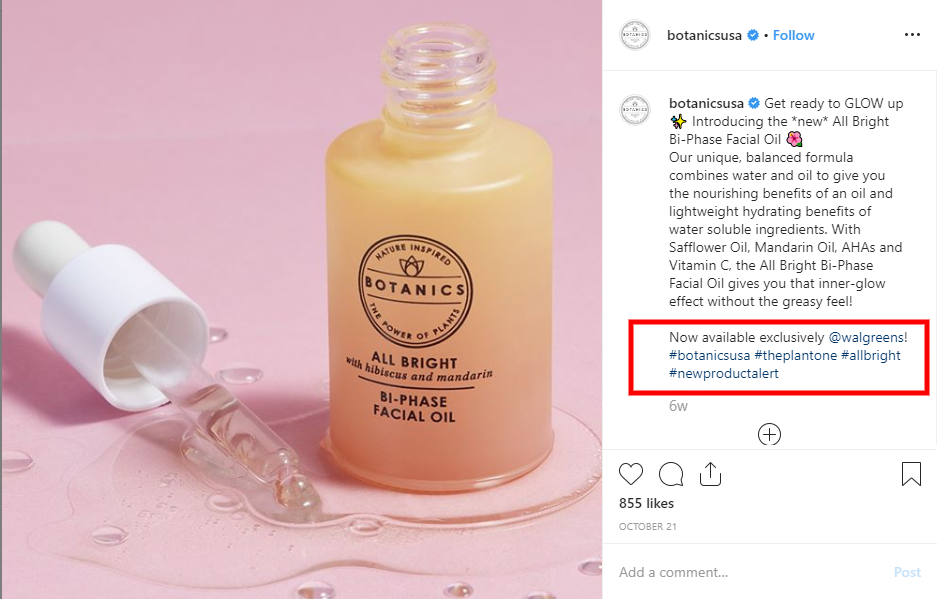
Be sure to drive traffic to your retailers. Host pop-up shops, or in-store deals, and create in-store product displays to build buzz and encourage shoppers at your retail store. The more you sell, the more likely they’ll be willing to continue to do business with you.
Now that we have everything prepared, it’s time to start promoting your product on and offline.
Set Up Your Email Marketing Automation
93% of B2B marketers use email to distribute content. Email marketing is one of the most trusted methods for brands to inform, distribute, or sell consumers about products. Smart Insights found that email marketing rivals organic and paid search amongst the top channels driving sales online.

Here are six things to consider when your sending emails to promote your product launch:
- Build a quality email list with pop ups on your websites.
- Plan your email marketing campaign strategically.
- Personalize your email campaigns.
- Be consistent with email automation.
- Use emails to get customer feedback.
- Learn from your competitor’s email.
Promoting Your Product on Social Media
About 90% of top brands say that social media needs to be a part of their sales strategy, so shouldn’t it be a part of your product marketing strategy?
You’ll need to create a social media marketing strategy to promote your new product online. A social media campaign is a brand coordinated or strategic marketing plan to specifically highlight a brand, product, or service using a preferred social media platform(s) to meet a quantitative or qualitative goal.
Earlier, we spoke about knowing who your target audience is and using that data for your launch, which includes your social media campaign. This will help you to choose the right social media platform that your target audience is most likely to spend most of their time on.
Use Influencer Marketing
Influencer marketing is a new product’s best friend. 93% of influencer marketing campaigns now use Instagram. In fact, the use of Instagram Stories in influencer marketing campaigns grew 60% in the last quarter, while the use of Facebook and Twitter declined.
Influencer marketing has become saturated with brands and new influencers alike. Still, it’s ROI is still in good standing with marketers.
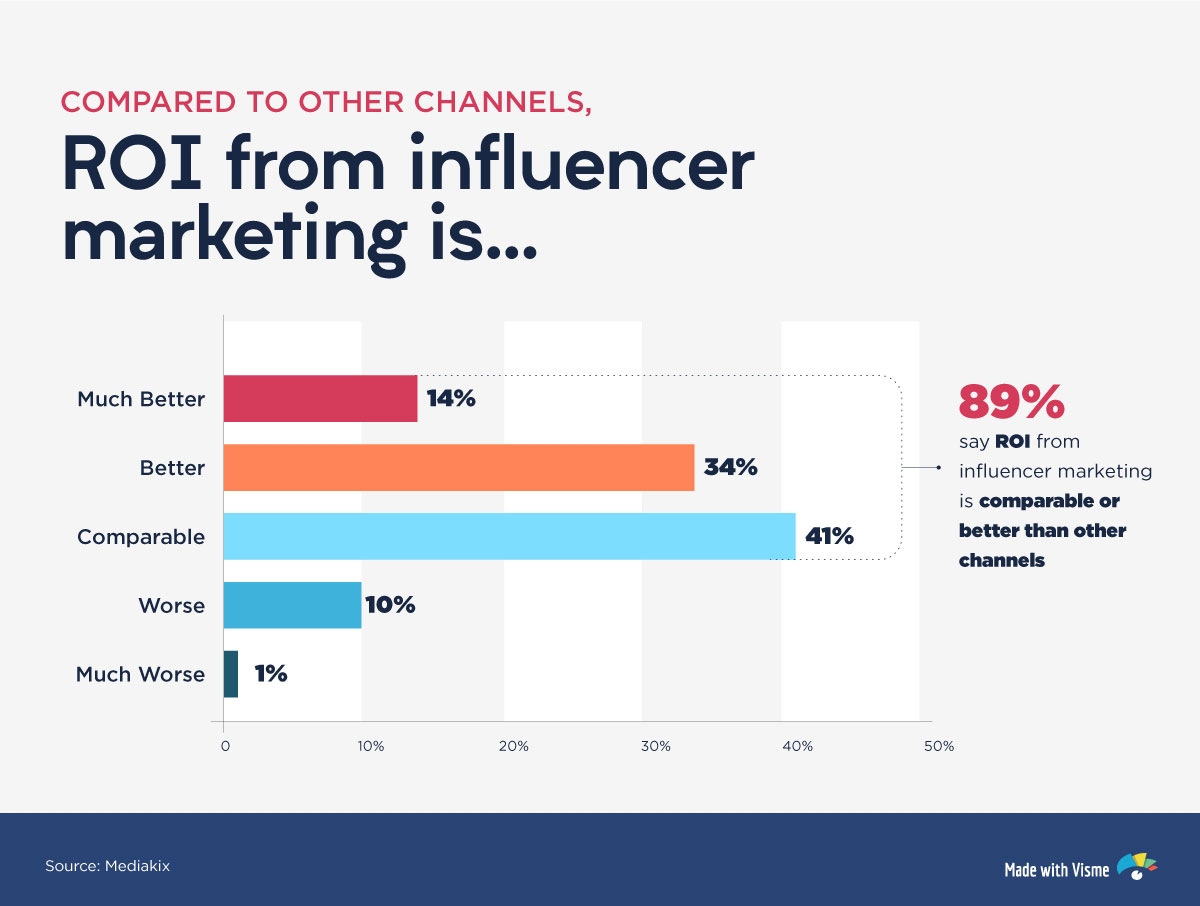
The key is finding the right influencer to represent your brand. A good influencer can be a long term investment that can pay off tremendously when executed well.
Here are key influencer trends to look out for this year and beyond.
If you’re not ready to invest in an influencer, then you can do the next best thing, send PR packages to influencers for unboxing videos and reviews.
Dotcom Distribution found that 55% of viewers who watch unboxing videos claim the video convinced them to purchase the product. Creating the ultimate PR package doesn’t have to be a hassle; the main goal is to display your products and ask for a review creatively.
Here are some influencer marketing guides courtesy of Wishpond:
- The Essential Guide to Getting Started with Influencer Marketing
- 6 Growth Strategies to Maximize Your Influencer Marketing Efforts
- Demystifying Your First Influencer Marketing Campaign
Use Content Marketing Plan
What’s the value of content marketing? A social media content plan for a product launch is focused on highlighting your value proposition, product details, your brand’s story/why, and added features.
Your content plan should be selling your product and gathering like-minded customers to your page.
A content marketing plan has to have creative and captivating content, or it defeats the purpose in the long run. With brands become more content-savvy, you’ll have to think outside the box to grab your follower’s attention.
Rogue Energy
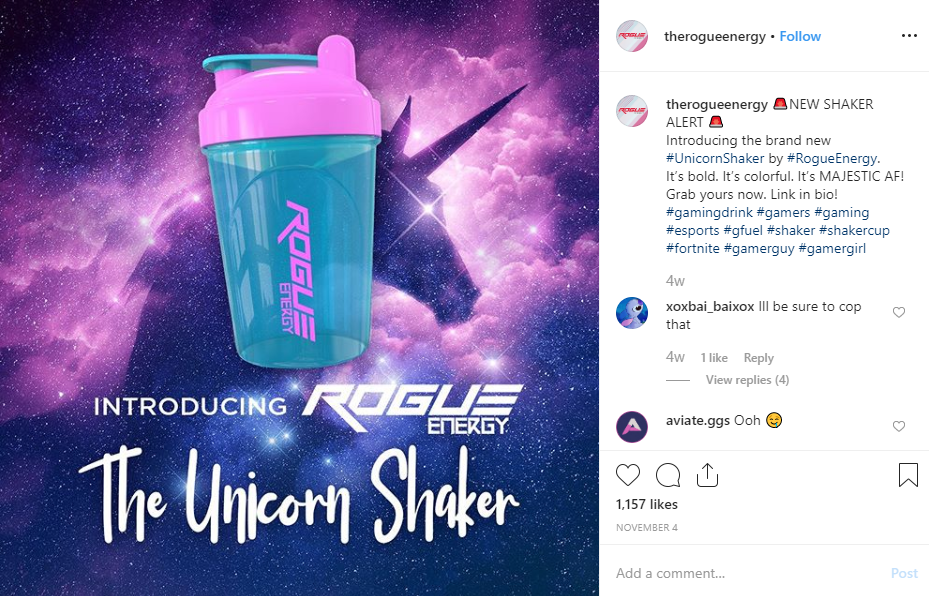
At the end of the day, it’s really about making sales, so be sure to craft a call-to-action (CTA) in your caption to drive people to your website or shop on your social commerce store. It could be:
- Grab a special discount
- Join your email list
- Pre-order your product
- Ask customers to shop
- Join your referral program
Push Sponsored Ads
You’ll need to promote your post and run sponsored ads on your selected social media platforms. Both Facebook and Instagram dominate social media ads. You can use either or both depending on what your goals (and budget) are for your product launch.
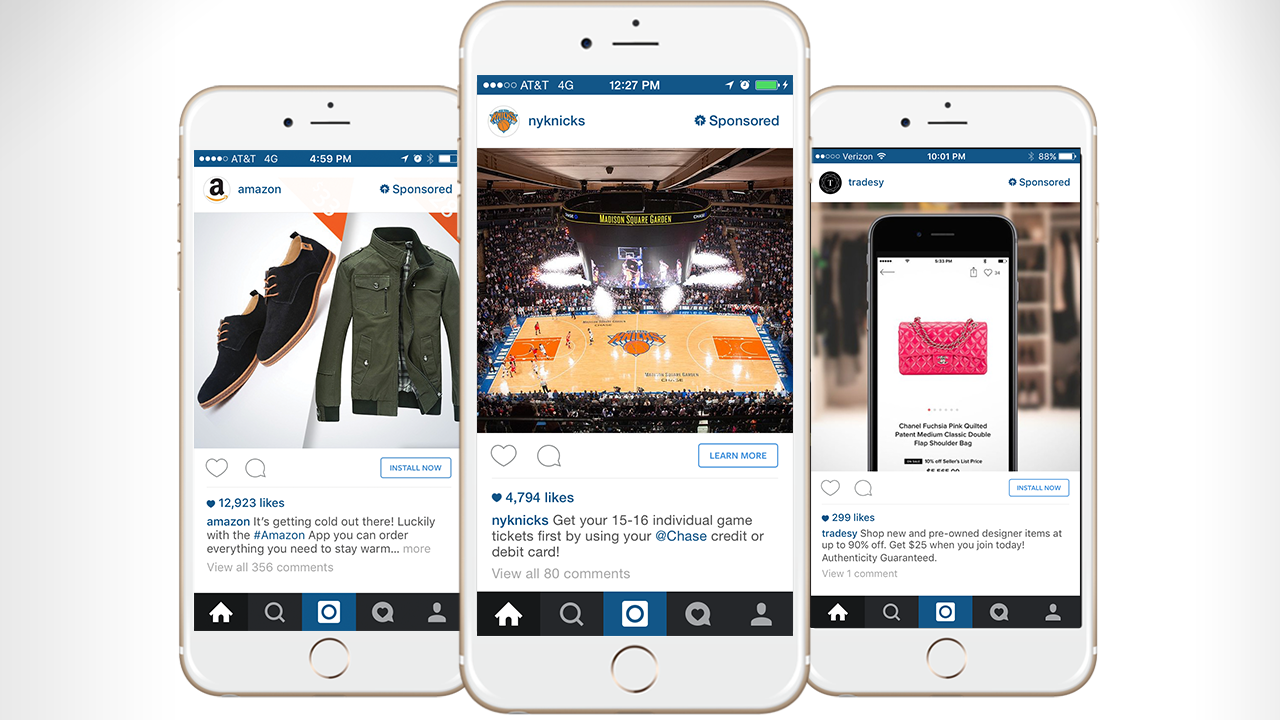
Here are three features you should pay attention when you start running ads to promote your new product:
- Have a stunning product picture/graphic. You want to stop people from scrolling past, have an eye-catching image that holds the viewer’s attention.
- Have a simple but effective CTA (call to action). Your CTA can affect your conversion rates; people need to know what action you want them to take once they stop to see your ad. Here are 42 CTA’s examples you’ll want to copy.
- Define your target audience; the broader your target audience, the less likely you’ll get conversions. Use your buyer’s persona to define your ad audience to get better results.
A little extra help here are a few Facebook and Instagram ad guides:
- For the Gram: The Anatomy of a Perfect Instagram Ad
- The Psychology Behind a Successful Facebook Ad Part 1: Color
Use a Social Media Contest
At Wishpond, we know all too well the power of a good social media contest. Its primary purpose for brands is to increase brand awareness, followers, and customers.
It can also be used to promote your product launch. So much so that Shopify listed it as one of the best ways for Shopify stores can grow sales and go viral.
INIKA Organic
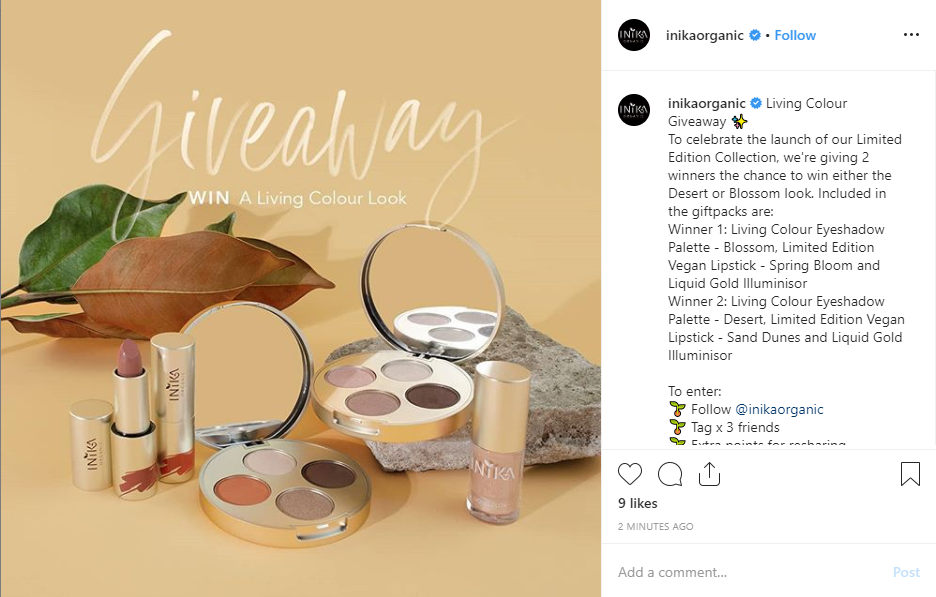
Here are 8 easy ways to promote your business with a social media contest.
Promoting Your Product with Offline Marketing
Offline marketing methods aren’t dead, just outshined by online and digital marketing. As a rounded business owner or entrepreneur, you should always make time to step away from their emails and social media and network in real-life.
Here are a few things you should consider when launching your product offline.
Sell at Events
Find events to promote and sell your new product. Find a series of events and make a road trip with your employees. Set up a booth and start networking with new customers, businesses, and brands you can collaborate with in the future.
If there’s a presentation at the event, ask the event coordinator if you can present your product to the audience. It’s a free press and shines a spotlight on your brand as well.
Do Interviews and Articles
Reach out to magazines, local newspapers, interviews, or media outlets. This kind of press allows your local community/city to know you exist. You can use this coverage online to help with SEO and product credibility.
Host a Product Launch Party
Create a product launch party for your new product, invite employees, manufacturers, retailers, media, influencers, prospective B2B customers, and family. You can use the event to build anticipation and deliver your product’s value proposition and purpose.
Start promoting your product launch party before and after it’s been launched to lengthen the lifespan of the momentum and buzz.
Take the time to think about the decor, event layout, and schedule; it has to be well-thought of, exciting, and unforgettable. Make your attendee’s experience special, so they leave with good reviews to share online and offline.
Here are 20 powerful product launch event ideas. You can take a look at to inspire your next product launch event.
After the Product Launch
After your product launch, your work has just begun. Now that you’ve set the pace, you’ll have to maintain it for the next couple of months to solidify the presence and sales of your new product.
Keep Your Social Media Active
After you’ve executed your social media marketing campaign, don’t drop off the social grid. Once you do social media, marketing sales will start to plummet, and your engagement will follow. Maintain your social media presence with a daily, weekly and month social media checklist and content marketing strategy.
If needed, hire or assign someone to manage your social media platform full-time.
Provide Exceptional Customer Service
As your new product begins to grow in sales, your customer service will have to on par. One-third of consumers say they would consider switching companies after just one instance of bad customer service. While 91% of customers who are unhappy with a brand will leave without complaining.
Since your product is new, you want to rack up good reviews and customer referrals, with excellent customer service that’s possible. Ensure that you’re checking all your online platforms (website, social media, product hunter, yelp)
Follow-up on Orders
After you’ve taken pre-orders to send a follow-up email to customers, letting them know when they’d be receiving their product or if there are any delays. Little to no follow up on (pre)orders leave customers feeling uneasy and builds distrust the longer you take to follow up with them.
Never Stop Marketing
Whether it’s offline, instore, online, or social media, you should never stop marketing. Marketing drives traffic and allows you to put your product in front of new and past customers. The moment you stop, even if you’ve exceeded sales, is the moment you allow your competitors to slip in and take over.
Why Product Launches Fail
As a business owner, failure is never an option, but the truth is sometimes it’s inevitable. Without considering product launches fail due to poor planning and execution. So here are three things to avoid before and after you launch your product:
- Not Ready for Fast Growth: A common mistake most successful brands make is not being prepared for fast growth. Take stock of the number of units you plan to sell online and in stores and always be ready to have an action plan if you go out of stock. Have your manufacturer on speed dial.
- Making Promises You Can’t Keep: The last thing you want to do is over promise and under deliver. This leaves a bad impression on retailers and customers. When you launch your product, start small, and then build up to bigger plans. Always plan and promise realistically.
- Stuck in the Planning Phase: If you’re planning your product launch and you still haven’t completed your product or prototype, you’re setting your self up for failure. The last thing you need is to be stuck in the planning phase after announcing your product, that eventually, people lose interest over your product altogether.
- No One’s to Buy It: It’s hard to admit, but sometimes product launches fail because no one wants to buy your product. This is why researching, target audience, and taking pre-orders for your product before a launch is so crucial to your success.
Summary
Publicity found that 80% of new products fail. With a well thought out marketing strategy for your new product launch, you might fall into the 20% of successful outcomes.
Planning is just as crucial as execution, so be sure to document it all as you plan your product launch.
Business & Finance Articles on Business 2 Community
(70)
Report Post